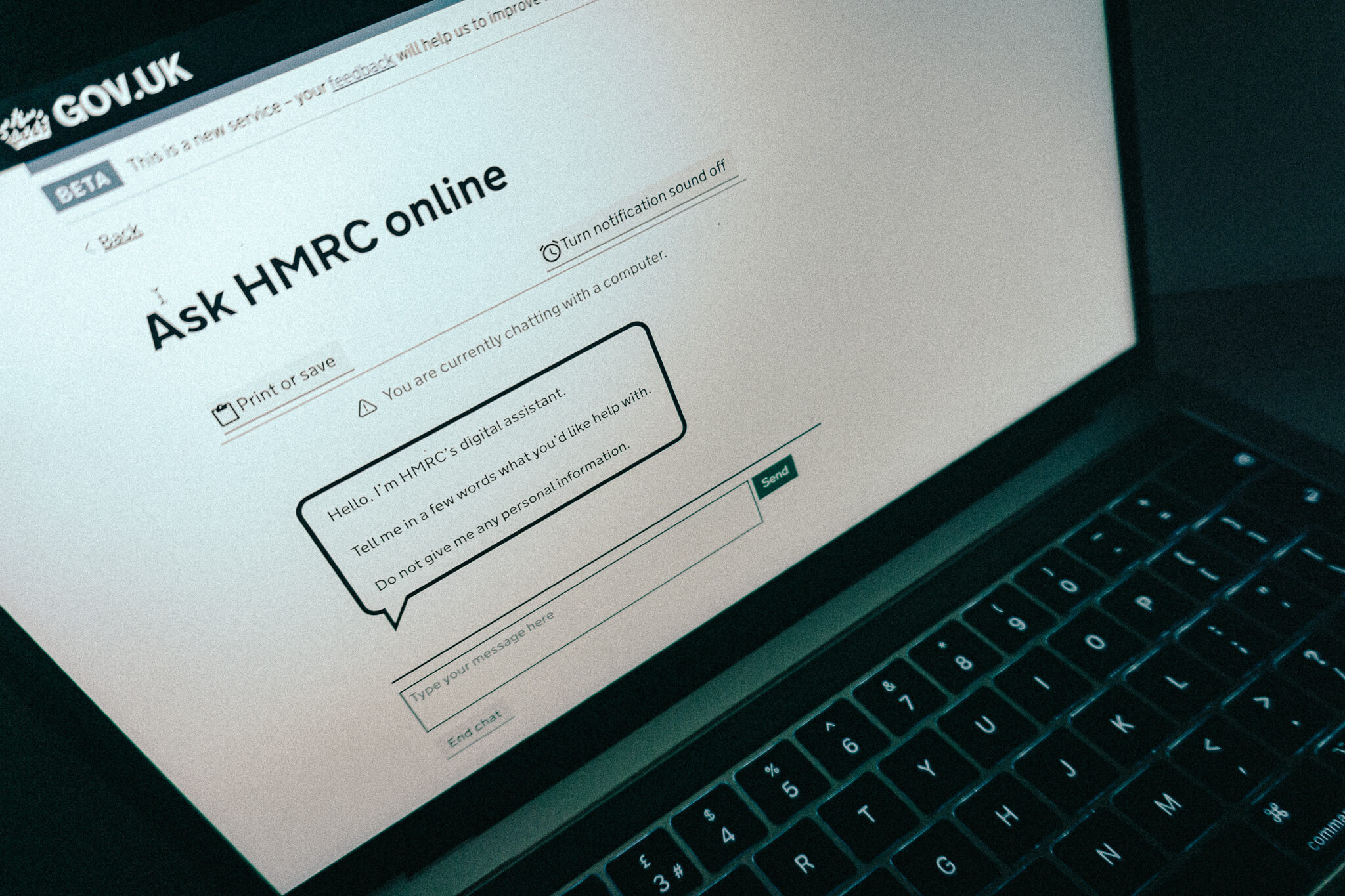Holyrood’s Programme for Government sets reducing poverty, economic growth, climate change, and high-quality public services as priorities for the months ahead – with tech and data to play a central role
The Scottish Government’s major policy plans for the year ahead set technology and data as a central driving force for its objectives.
Holyrood’s Programme for Government was released last week, with reducing poverty, delivering economic growth, tackling climate change and providing high-quality public services as the focal points for the 2023/24 parliamentary year.
Described by first minister Humza Yousaf as measures towards a “fairer, wealthier and greener Scotland”, the document identifies partnerships, financial investment and expertise support as key areas which will allow the programme to take “the critical next steps in reforming and modernising public services”.
With help from local government, the document commits to publishing a framework for digital service transformation focusing on end-to-end services and strengthening digital identity, payment and cloud services.
The plan also reveals plans for the creation of a digital service to help parent and carers access and pay for childcare that best suits their needs.
Related content
- Scottish Government renews £75m desktop contract with HP
- Scottish Government puts £600k into programme to support digital inclusion in mental health and housing
- Analysis: how has coronavirus impacted local government IT spending?
An investment of over £600m in the Reaching 100% Broadband programme and plans to launch the seventh 5G innovation hub aim to ensure every home and business has access to superfast broadband, and support firms with adapting to “cutting edge” technology. Similarly, by progressing its Rural Delivery Plan, the government hopes to continue expanding digital connectivity for remote communities.
Regarding climate change and the 2045 net zero target, government will partner with relevant stakeholders to “accelerate decarbonisation and create energy transition opportunities” at industrial sites. This will be backed by funding streams including the Emerging Energy Technologies Fund, which will award up to £100m to support hydrogen projects until 2026. Other focal points are offshore wind investment and making its consenting processes more efficient.
On the international stage, the programme outlines a drive to continue working with the trade agency Scottish Development International and keep building the country’s reputation as a technology investment hub, helping to achieve goals like becoming Europe’s leading space nation by 2030. Other policies include implementing the sector export plans for life sciences and technology, and developing such a plan for hydrogen. These plans explore the support needed to maximise each sector’s export potential by conglomerating cross-industry expertise.
As outlined in a recent letter from the first minister to UK prime minister Rishi Sunak, the government looks to cut corporation tax so industries have enough capital to spend on innovative areas, including big data and AI. This promise could become central in re-building business trust in government, after recent findings revealed nine in ten firms feel the Scottish government doesn’t understand business.
In education, the programme says the government will place Scottish universities at “the heart of our economic future”, with a plan to augment their support for entrepreneurship opportunities and ensure the Techscaler network – a start and scale-up technology businesses programme led by the Scottish government – offers high-quality education programmes.
Digitisation of the health system set out in the policy plan looks to improve patient care and support the struggling NHS workforce. Measures include a £1.8m investment in a new national digital dermatology programme which speeds up treatment.
Other mentions of technology in the programme include remaining an international leader in sustainable fisheries management by legislating a requirement for remote electronic monitoring on board all pelagic and scallop dredge vessels fishing in Scottish waters, facilitating the expansion of the virtual school headteacher, the application of data and digital technologies through the cluster development programme, and simplifying access to innovation funding.
This article originally appeared on PublicTechnology sister publication Holyrood




